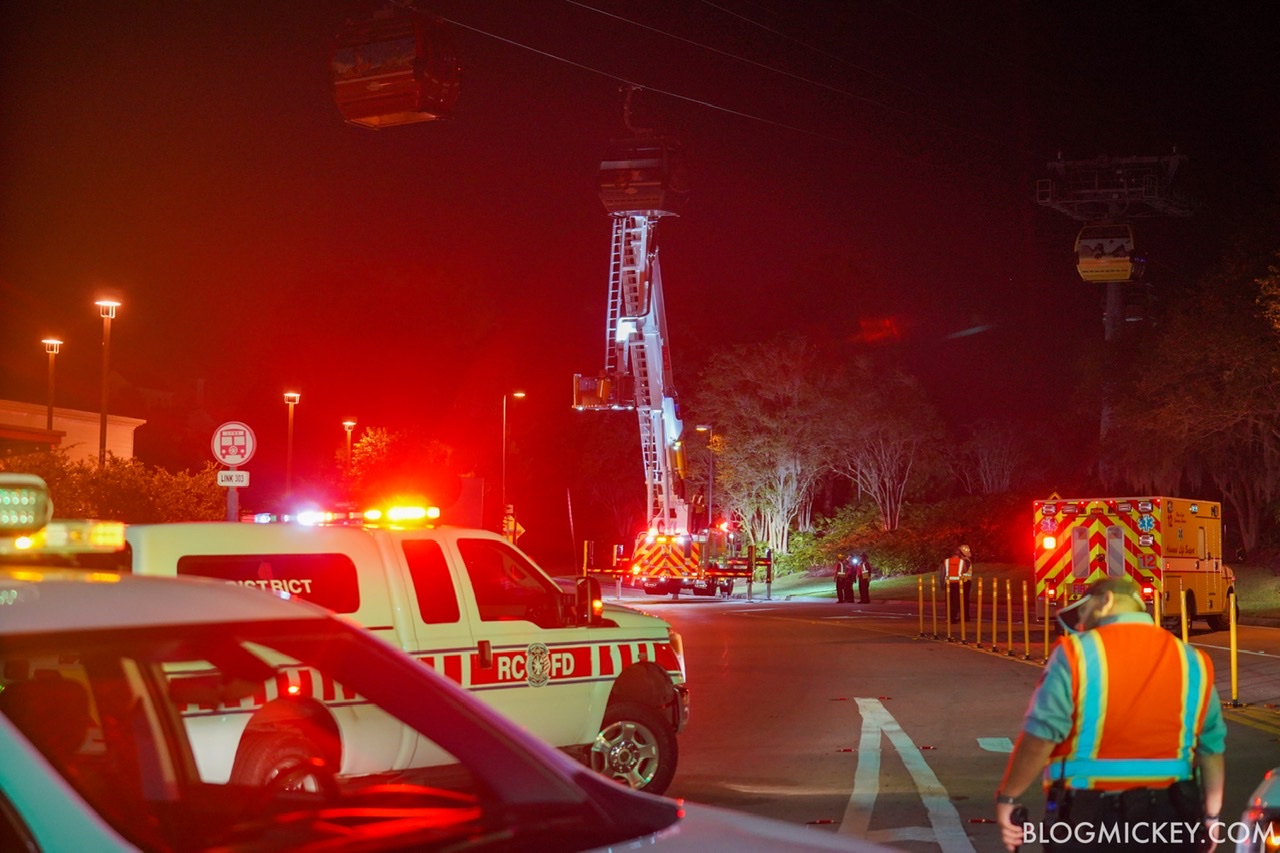flynnibus
Premium Member
Ok, let's go with the idea that the cabins are suspended above the heat of the pavement and that brings some degree of relief.
In an automobile - one can roll all four windows fully down, and open the sunroof all the way - that's
more ventilation than the Gondolas offer.(We'll go with the assumption that the sun is not directly overhead beating down on the vehicle's interior.
Your car is not vented at the floor - The Gondolas are
Did you know the Gondolas have approx 3.5x the amount of open window space a 4 door sedan has? (Estimates done against 2019 Chevy Malibu)
Point is, a vented box up on a wire does not have some miracle cooling effect when it is stopped, particularly if the air is still.
Cooling is a different discussion. The point brought up was about the gondolas heating up, not that they'd cool off.


